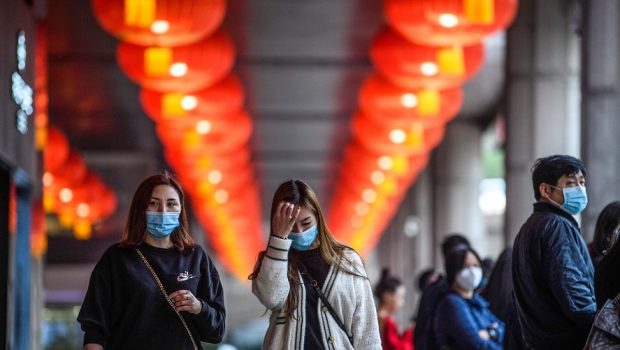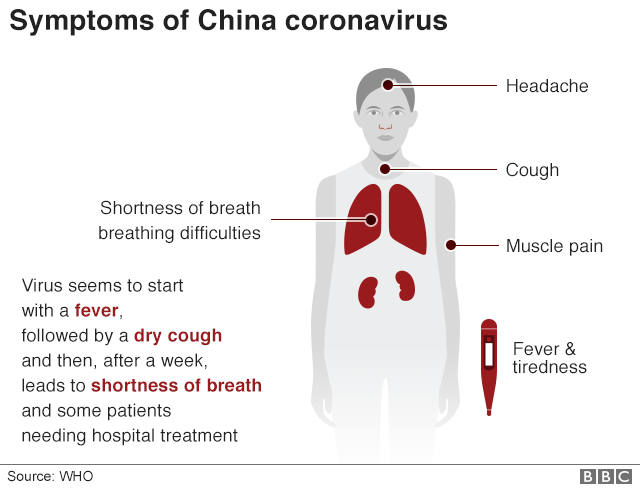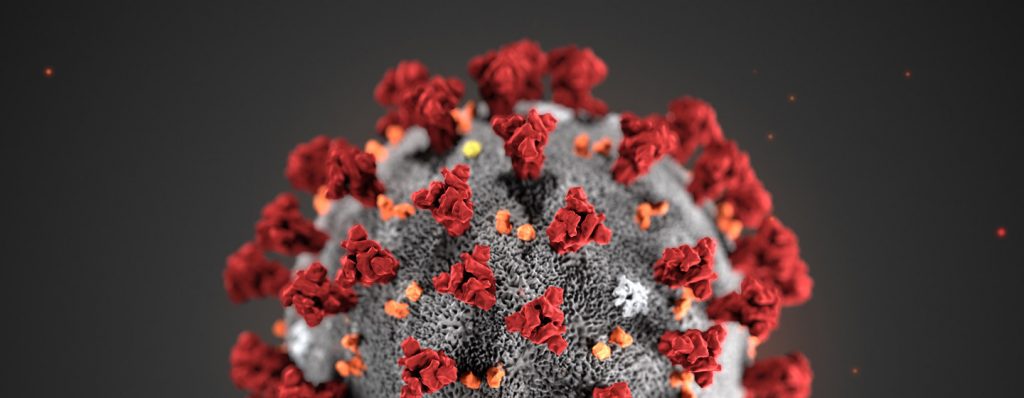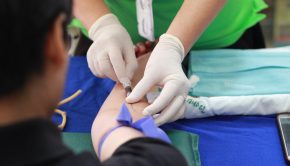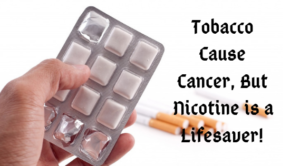The Novel Corona Virus: A Public Health Emergency of International Concern
What is the Corona virus?
The word ‘Corona’ comes from the shape of the virus that bears some resemblance to a crown or a solar corona when viewed under an electron microscope. Corona viruses are not a single entity but a large family of viruses. They are RNA viruses- which means that they have ribonucleic acid as their genetic material. Furthermore, they are zoonotic viruses, meaning that they can spread from animals to people. Previously studied viruses from this family have been known to cause common cold or even much more serious respiratory illnesses like SARS (Severe Acute Respiratory Syndrome, caused by SARS-CoV) and MERS (Middle East Respiratory Syndrome, caused by MERS-CoV). The new Corona virus which was first identified in Wuhan, China in December has been named ‘COVID-19’ or ‘Novel coronavirus’. It has been found to be 75-80% similar to the SARS CoV.
What is the novel corona virus?
The World Health Organisation (WHO) has declared the COVID-19 as a “Public Health Emergency of International Concern”. The first cases of the novel corona virus were reported from the city of Wuhan in central China in December, 2019. The infected patients all had a history of consumption of sea-food at a market at Wuhan. The original host of the infectious virus is said to have been bats, which then jumped to snakes that consumed them and from the snakes to humans at Wuhan. Another probable route of its transmission is shedding of the virus in the faeces or urine of bats, which can get aerosolised and inhaled by humans. Patients presented with fever, cough, sore throat, and difficulty in breathing: in other words, a kind of pneumonia. According to WHO, as of 15 February, 2020, there were 50,580 confirmed cases globally with 50,054 cases in China itself. The death toll has reached to around 1524, with two deaths outside of China. Other than China, 25 other countries have reported cases of the COVID-19. India has so far reported 3 cases, all of them from Kerala, which has declared corona virus as a ‘state disaster’. WHO assesses the risk to be “Very High” in China and “High” at a global level.
How is it transmitted?
Transmission of COVID-19 has been said to occur mostly by contact and large droplet infection. It might also occur through aerosols or fomites. Carriers are infectious for a period of 2 to 14 days (based on early data) during which the infection might spread from one person to another. A suspected COVID-19 infection is linked to travel in an endemic area in China where this virus has been reported, or close contact with someone who has travelled from China and has respiratory symptoms. Human to human transmission, is however, weak and transmission was seen to occur from patients with identified illness displaying signs of lower respiratory tract illness and not from patients with mild signs. People with pre-existing medical conditions such as diabetes and heart disease are more susceptible to developing severe disease. Simple disinfectants can kill the virus and it has been found to survive on surfaces for only a few hours. The COVID-19 seems to be less fatal than SARS or MERS. Yet, this disease has a mortality rate of around 3%, which is a rather troubling statistic.
What precautionary measures should you take?
- Frequent washing of hands with alcohol based hand-rub or soap and water
- Respiratory hygiene: when coughing or sneezing, cover your mouth and nose
- Social distancing, especially from people who are coughing or sneezing to avoid droplet infection
- Avoid touching eyes, nose and mouth with unclean hands
- Wearing a mask can help limit respiratory infections but it should be combined with other safety measures like washing hands and social distancing. Choose a good one like a kn95 mask. It is important to remember that a mask should be used only:
- If you have respiratory symptoms
- If you have suspected COVID-19 with mild symptoms
- If you are caring for someone with suspected COVID-19 infection
- Practise food safety: avoid consumption of raw and undercooked animal products
- Seek early healthcare if you have symptoms of respiratory illness
Treatment options
So far, no specific treatment exists for the COVID-19. Supportive care is being provided to affected patients for recovery. As of now, no vaccines are available against this virus. Wearing multiple masks and taking antibiotics for self-medication can do more harm than help. Prevention and proper information, therefore, is of tremendous importance in this case.
Conclusion
The city of Wuhan has been put under a lockdown in order to limit further spread of the virus. Research is underway, and WHO has been relentless in its efforts to come up with medication to deal with this newly discovered virus and to restrict transmission of this virus. As no specific drug has been found to cure this disease till date, it is essential that people stay informed about this disease and take steps for prevention as advised.

